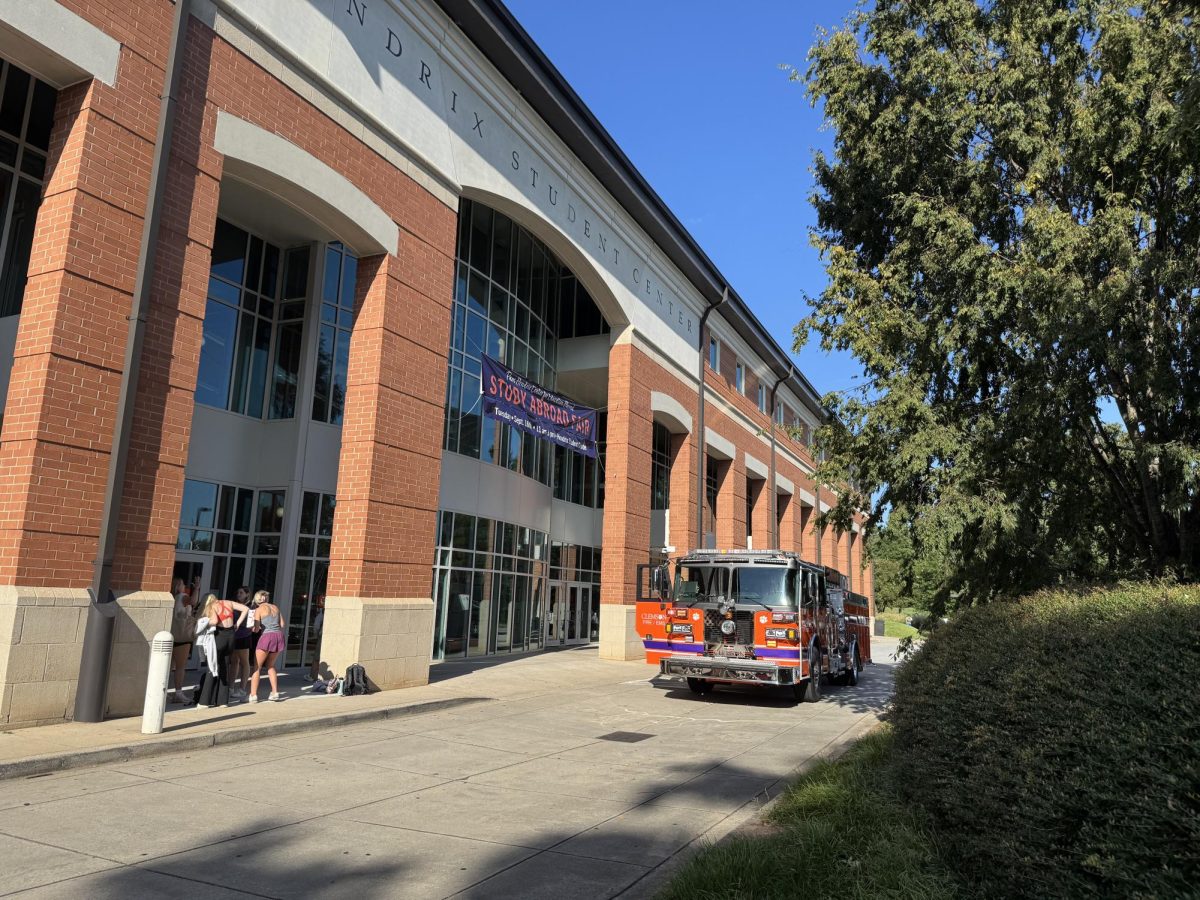CUSG bill to improve impeachment process
The Clemson Undergraduate Student Government (CUSG) Senate is having a second read for Senate Bill 45, which is designed to clarify and improve the process to impeach a member of CUSG.
The bill, which is expected to be in second read this Monday, is a constitutional amendment. If it passes, it will be the first amendment to the CUSG constitution since 2011. As part of the amendment process, it requires a public referendum after passing through the Senate.
The bill has been proposed by Senator Mason Hammond, who worked with various parties involved in the recent impeachment trial to make the bill more cohesive to the entire process.
It is expected that the bill will pass this Monday. If it does, it will then move on to a public referendum on March 7. The referendum requires two-thirds of the student body who vote to approve it in order to become law.
This is a developing story. Please follow along on our website and social media accounts for more details.
Forum, book launch on American conservation
Clemson will host an interactive forum titled “A Conversation on The Future of Conservation in America” at 7 p.m. this Thursday, March 1, in the Self Auditorium of the Strom Thurmond Institute.
The forum, held in conjunction with the release and launch of “The Future of Conservation in America” book by Gary Machlis and Jonathan Jarvis, is expected to last an hour and a half, each speaker giving remarks and answering questions.
Machlis and Jarvis argue for a unified vision of conservation. One that combines nature protection and historic preservation with ecosystem services, sustainability, health care, civil rights and social justice as well as science.
In addition to Machlis, the forum will feature Clemson faculty members Rob Baldwin and Drew Lanham, as well as graduate student Jesse Wood.
To learn more, go to http://bit.ly/2CGXyWt.
Plans to grow automotive research
Nicholas Rigas has been named associate vice president for Strategic Initiatives and executive director of Clemson University’s International Center for Automotive Research (CU-ICAR) in Greenville.
Rigas is mainly known for his role with Clemson University’s Restoration Institute (CURI) in North Charleston, acting as their executive director. He also served as vice president of EcoEnergy in Chicago as well as the director of South Carolina Institutional Studies at Clemson.
CU-ICAR is a 250-acre campus focused on automotive and motorsports research. They offer a two-year program serving nearly 200 students pursuing graduate degrees in automotive engineering.
His plan for the campus is to use the resources in the automotive engineering department and the College of Engineering, Computing and Applied Sciences to grow the research and education programs.
To learn more, go to: http://bit.ly/2ouONd6.
Stormwater pond management conference
On March 13, the Clemson Cooperative Extension Service will hold its first stormwater pond management conference. The purpose of this conference is to educate South Carolinians about proper stormwater management.
Stormwater ponds are organized in an effort to two very important tasks: prevention of flooding during storms and protection of water quality.
The conference is divided into two parts: pond owners and pond managers. Both sessions will cover integrated weed management, upland best management practices, pond inspection and maintenance, funding and budgeting, fish stocking, wildlife management, hands-on problem-solving and more.
For attendees, the cost is $40. This includes lunch, refreshments, and materials. For exhibitors, the cost is $100. The conference will be held at Midlands Technical College Northeast Campus, 151 Powell Road, Columbia from 8:30 a.m. until 3 p.m.
To learn more, go to http://bit.ly/2oApOoX.
New device could advance low dose radiation cancer research
A group of Clemson bioengineering and physics students and faculty have been developing an irradiation fluorescence system that could deliver radiation in a much more controlled way that would be safe for healthy cells.
By measuring specific wavelengths, different elements absorbed some wavelengths and emited others using a process known as fluorescence. Clemson researchers monitored how iron reflected and absorbed x-ray wavelengths. The wavelengths emitted onto a dish of fibroblast cells from a well-established mouse line provided by the National Institutes of Health.
The fibroblast cells in the dish grew slower than the cells without radiation after 24 hours. On the fifth day however, both cell types, exposed to radiation and not, were growing at around the same speed.
It was suggested that this was due to protecting the DNA inside the cell and eventually speeding up the cell cycle. These results were critical in developing a much more controlled way of using radiation to fight cancer.
To learn more, go to http://bit.ly/2ETYw3F.








